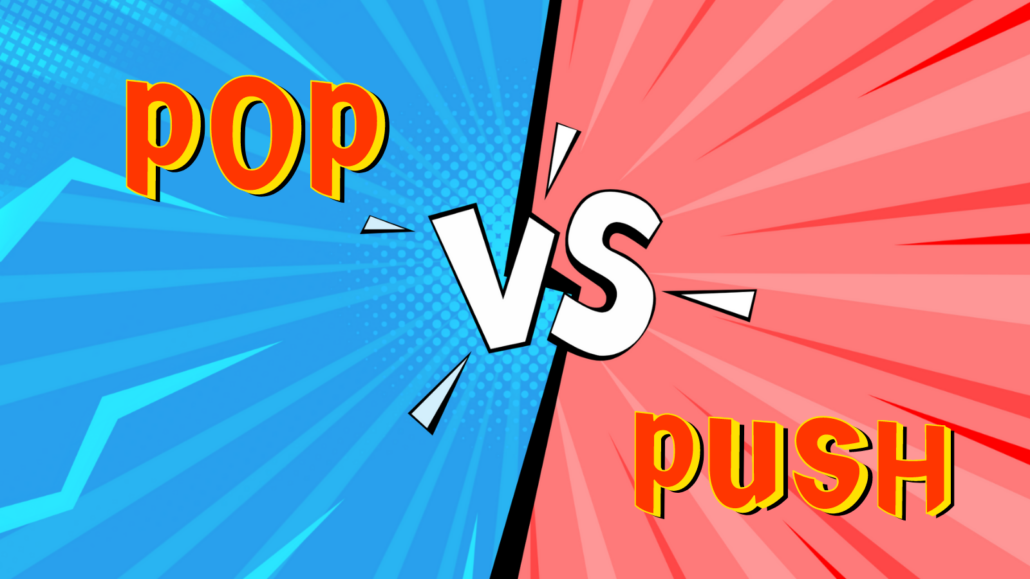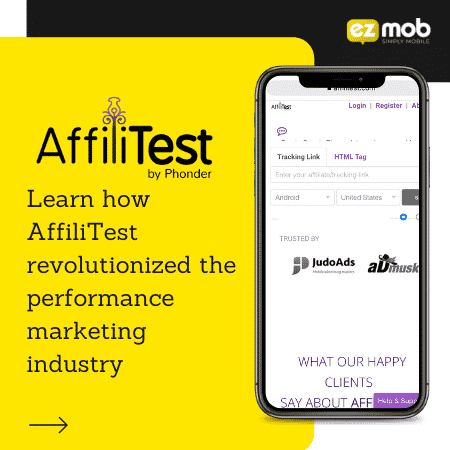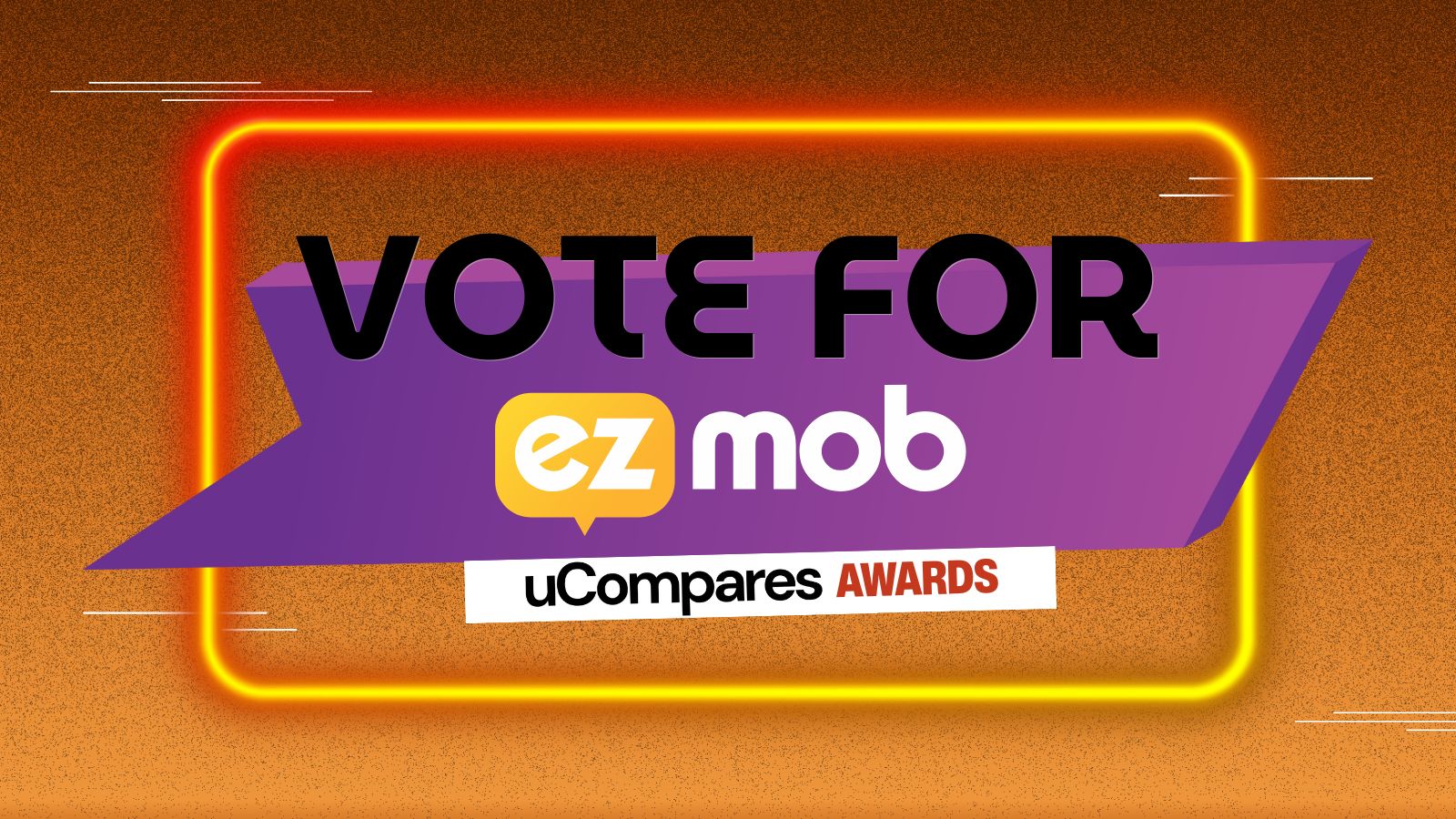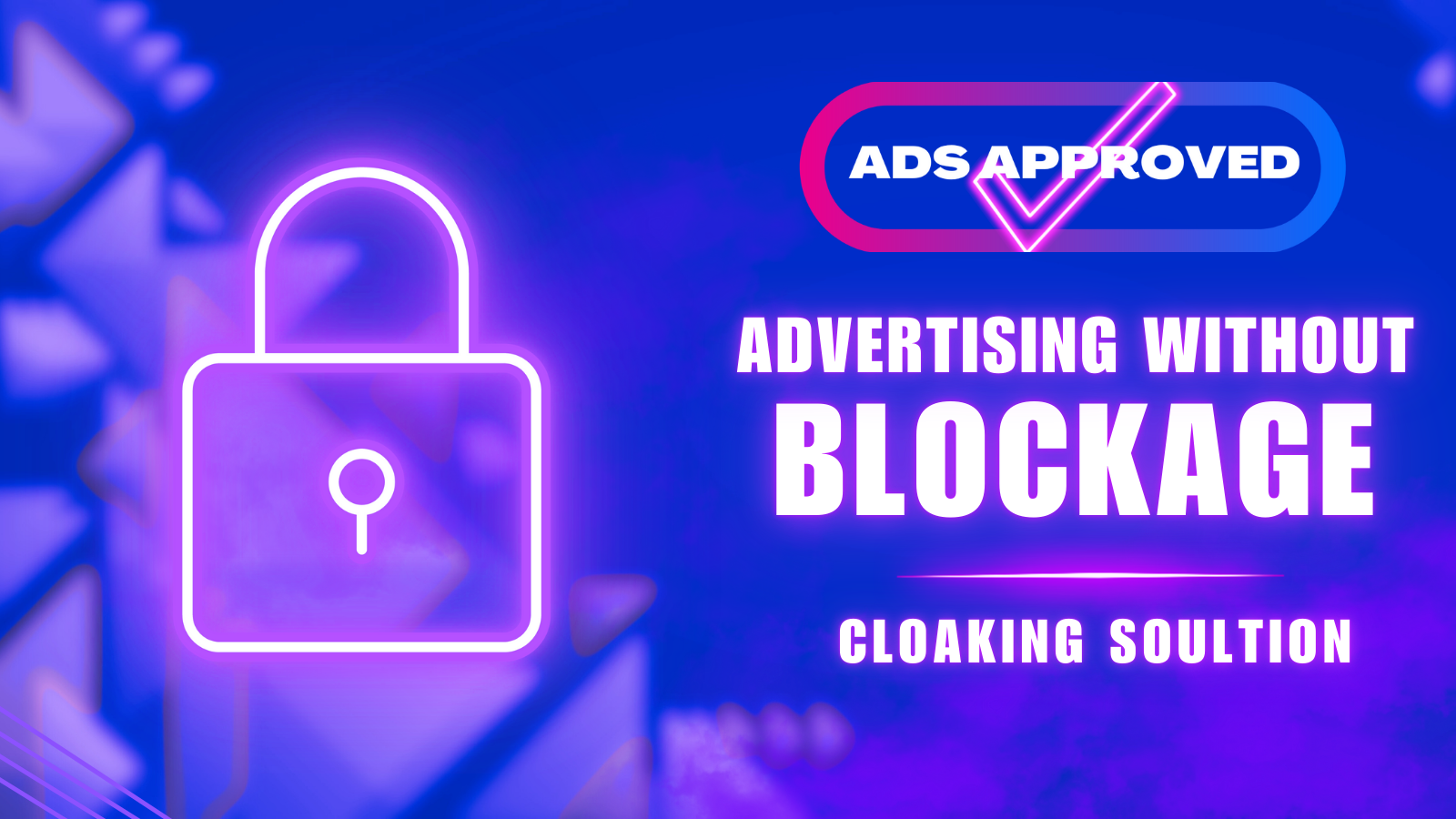
Pop Traffic vs Push Traffic: Which is Better?
In digital advertising, two prominent traffic sources often come into play: pop traffic and push traffic. Both methods have their own unique advantages and disadvantages, making them suitable for different marketing objectives and audiences. This article will explore pop traffic and push traffic, comparing their benefits, drawbacks, and best use cases to help you determine which is better for your specific needs.
Table of Contents
Introduction
Digital marketers are constantly seeking effective ways to reach their target audience and drive conversions. Pop traffic and push traffic are two popular advertising methods that offer distinct approaches to engaging users. Understanding the differences between them can help you make an informed decision on which traffic source to use for your campaigns.
What is Pop Traffic?
Pop traffic refers to the ads that appear in a new browser window or tab when a user visits a website. These ads can be either pop-up, which open on top of the current page, or pop-unders, which open beneath the active window. Pop traffic is known for capturing users’ attention immediately, often leading to high visibility and engagement rates.
Learn more: What is Pop Traffic? Your Ultimate Guide
What is Push Traffic?
Push traffic involves delivering ads directly to users’ devices through push notifications. These notifications appear on users’ screens, even when they are not actively browsing, making push traffic a highly effective way to reach audiences with timely messages. Push traffic is especially popular on mobile devices, where users are likelier to engage with notifications.
Benefits of Pop Traffic
- High Visibility: Pop ads appear directly in front of users, ensuring they see the ad before continuing their browsing.
- Immediate Engagement: The intrusive nature of pop ads can prompt immediate action from users.
- Broad Reach: Pop traffic can reach a wide audience across various websites and niches.
- Cost-Effective: Pop traffic is generally more affordable than other ad formats and offers a high return on investment.
Benefits of Push Traffic
- Direct Delivery: Push notifications are sent directly to users’ devices, bypassing the need for them to be on a specific website.
- High Engagement: Push notifications have higher engagement rates due to their timely and personalized nature.
- Flexibility: Push traffic allows for real-time updates and targeted messaging based on user behavior.
- User Permission: Users who opt-in for push notifications are more likely to be interested in the content, leading to higher quality leads.
Drawbacks of Pop Traffic vs. Push Traffic
Aspect | Pop Traffic | Push Traffic |
|---|---|---|
Intrusiveness | Can be disruptive and annoying | Frequent notifications can be annoying |
User Experience | May lead to negative experiences | Irrelevant notifications can frustrate users |
Reach Limitations | Limited by ad-blockers | Limited to users who opt-in |
Engagement Issues | Users may ignore ads (banner blindness) | Users may opt-out if notifications are too frequent |
Technical Setup | Minimal setup required | Requires technical setup and maintenance |
Mobile Effectiveness | Less effective on mobile devices | Highly effective on mobile devices |
Use Cases for Pop Traffic vs. Push Traffic
Use Case | Pop Traffic | Push Traffic |
|---|---|---|
Lead Generation | Capturing immediate attention for quick leads | Informing users about new content or updates |
Promotions and Sales | Announcing limited-time offers and discounts | Sending personalized product recommendations |
Event Notifications | Promoting webinars, events, or product launches | Encouraging users to interact with mobile apps |
Content Updates | Less suited for regular updates | Ideal for informing users about new posts, articles, or videos |
E-commerce | Effective for broad sales campaigns | Effective for personalized e-commerce interactions |
App Engagement | Less suited for app interaction | Highly effective for encouraging app engagement |
Pop Traffic vs. Push Traffic: Comparative Analysis
Feature | Pop Traffic | Push Traffic |
|---|---|---|
Visibility | High | Moderate to High |
Engagement | Immediate but potentially intrusive | High, especially if timely and relevant |
User Experience | Can be disruptive | Generally positive if notifications are relevant |
Cost | Cost-effective | Variable, often depends on targeting |
Reach | Broad but can be limited by ad-blockers | Limited to opt-in users but highly targeted |
Technical Setup | Minimal | Requires integration with push notification services |
The Verdict
Both pop traffic and push traffic have their merits and can be powerful tools in a digital marketer’s arsenal. The choice between the two depends on your specific goals, target audience, and campaign strategy. If you aim for broad reach and immediate visibility, pop traffic might be the better option. However, if you seek higher engagement and targeted messaging, push traffic could be more effective.
Ultimately, combining both methods can provide a balanced approach, using the strengths of each to maximize your advertising efforts.
Join our Newsletter
Get access to promotions, case studies, and recommended partners





